(November 13, 2023) When someone as eloquent as Vish Dhamija talks about life and success — it sounds as dramatic as his books, connecting instantly with his audience, who walk out enlightened. For one, the author compares life with a balance sheet. “As on,” articulates Vish, signifies the company’s position on a particular day. Tomorrow is another day to start again. He even sees a similarity between marketing and storytelling — they only work if you engage the audience. Success? It’s just a mind game.
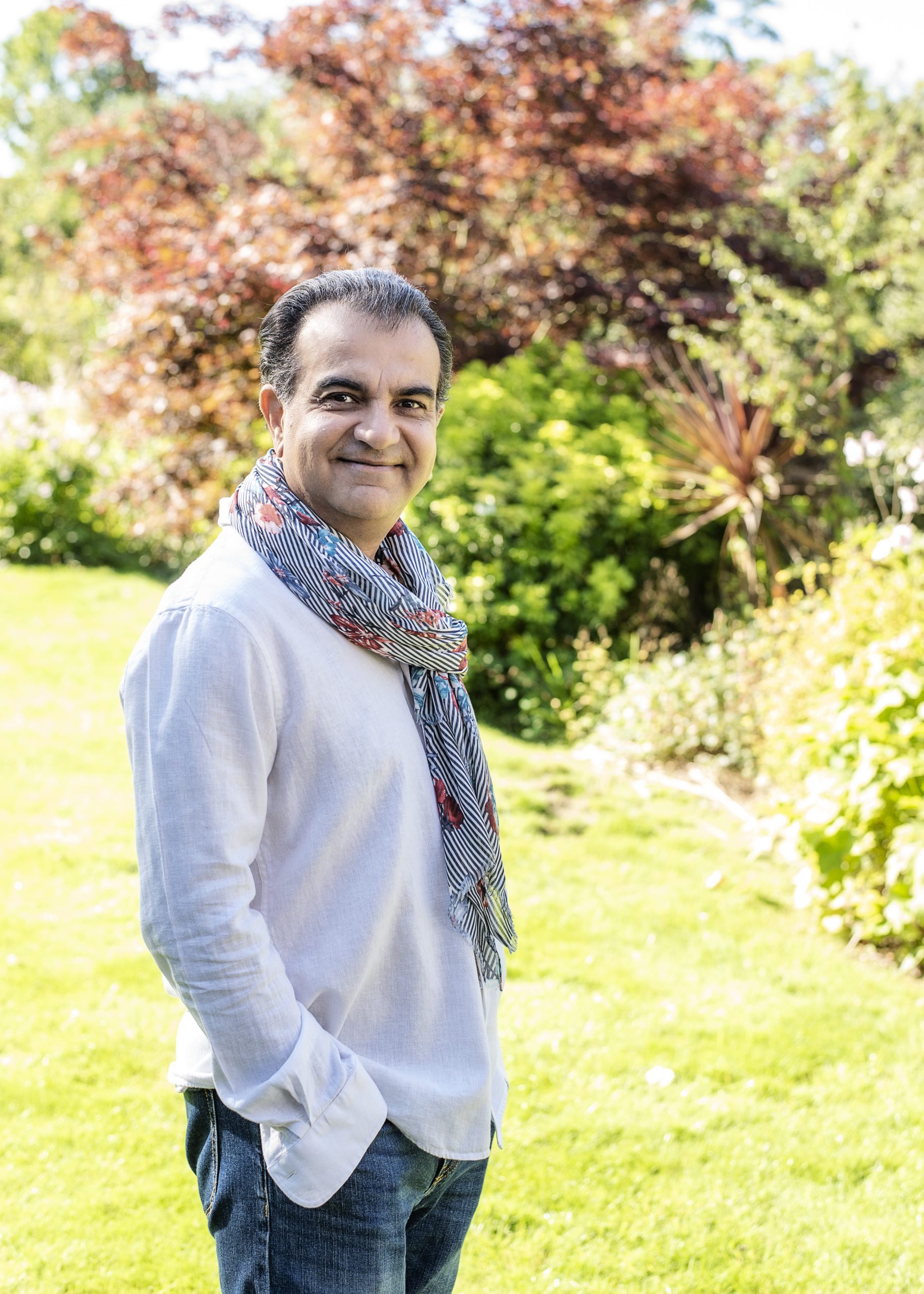
“I can guarantee that the world’s best product, and the best story ever written would both fail if they fail or ignore to involve the audience,” smiles British-Indian crime fiction author Vish Dhamija, as he settles down for an exclusive with Global Indian. From the corporate world to a writer to an entrepreneur and an articulate speaker, Vish’s life trajectory is as gripping as it can get. “Growing up, I wanted to become many things, but becoming a writer wasn’t one of them,” smiles Vish, who is known to be one among the top 10 most popular thriller authors.
Books first
“The idea to write a story had been there since the early 2000s. It was in my bucket list. Once my first book — Nothing Lasts Forever — was published (in 2010), I thought that was it,” says Vish, the only writer of the Indian origin listed among the major legal thriller authors of the world.
The book went on to become a National Bestseller within six months of its release, and readers started writing to the author, asking for more stories. He then wrote his second book — Bhendi Bazaar — after a hiatus of four years. The book spent over a year in India’s Top 100 list for ‘Crime, Thriller, and Mystery’, and has been noted for its ingenious plot and rich characters. “Since then, I’ve been fairly regular and now looking forward to my 12th book next year.”
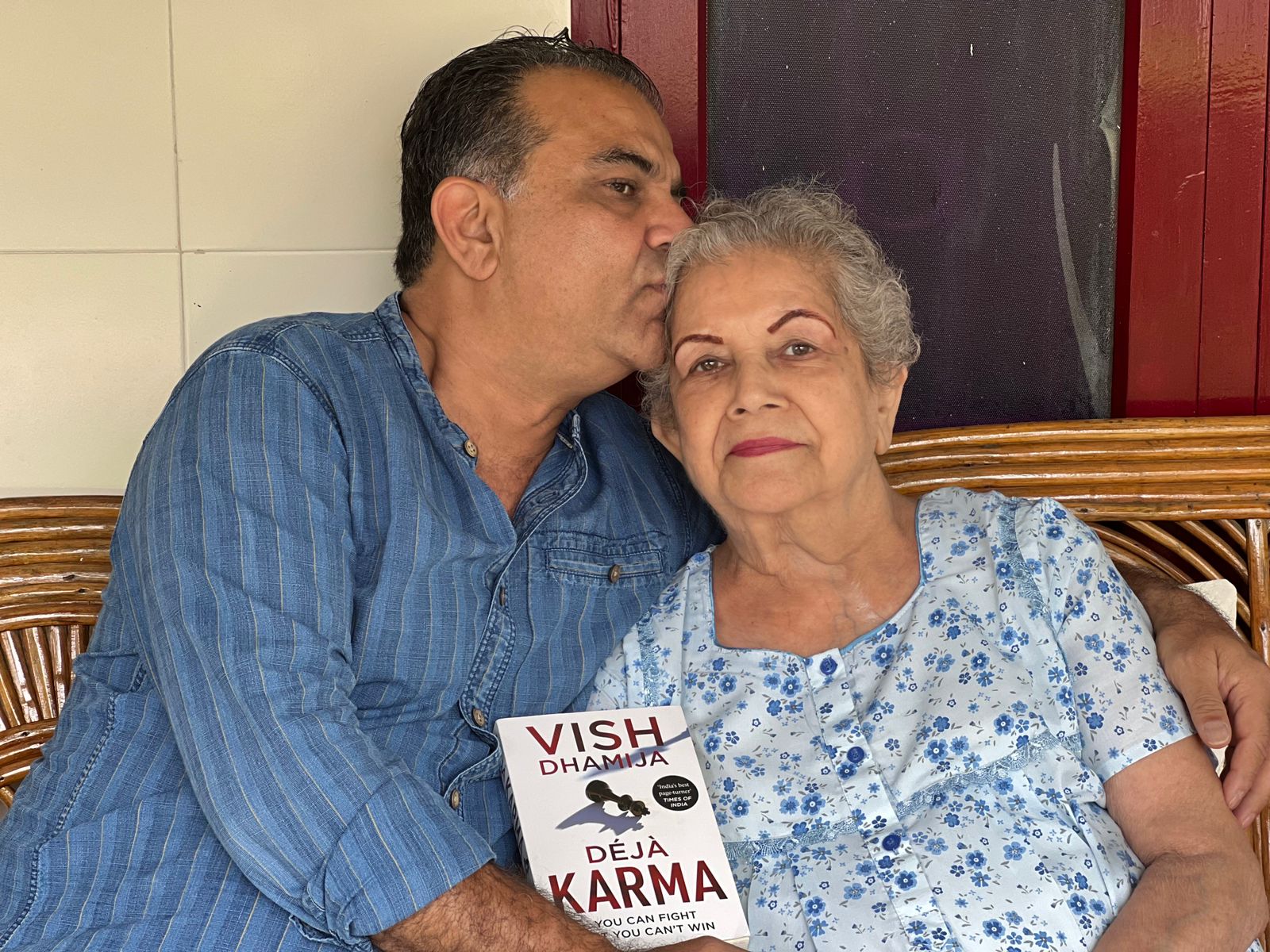
His other books — Doosra – The Other One, Nothing Else Matters, Unlawful Justice, The Mogul, Cold Justice — among others were best sellers. So what goes into writing a gripping crime fiction? “I spend a lot of time in building compelling characters. They are the ones who tell the story, and they can make it or break it. No one wants to read a story if the characters don’t resonate with them,” the author explains.
That said, a good author, says Vish, should hook the readers from the start — create conflicts, introduce moral dilemmas, play with emotions, focus on strong dialogues, and provide vivid descriptions for the readers to visualise the scene like though they are there, to immerse them in the narrative. “However, all this will only work if there is a great plot, enough twists, and curveballs, keeping in mind never to drop the pace. The narrative must not get sluggish.”
His favourite
Vish loves all of his books equally but ask him to pick a favourite, he goes with says Déjà Karma, his third book and first legal and psychological thriller, launched in 2015. “I love this book for personal reasons. I love Jay Singh and his complex life story. It is closely followed by all the adventures of Rita Ferreira,” he says of the best seller, which was republished by Pan Macmillan India in 2023. On an average, it takes him about eight months to write the first draft. “Then the revisions and the editing and re-editing, so it takes almost a year to complete the book,” the author informs.
The Rajasthani
Born in Ajmer, Rajasthan, Vish completed his schooling from St Anselm’s. Throughout his school, Vish was active in dramatics and debates “I still love good friendly arguments irrespective of the subject,” points out the Multi-faceted Vish, who was the House Captain and then the President of the Literary Society at St Anselm’s. He used to write regularly for the school magazine. “I also wrote short stories when I was younger, which my father used to correct. The stories made little sense, but they cultivated the passion of writing in me,” recalls Vish, who likes to describe himself as creative but impulsive.
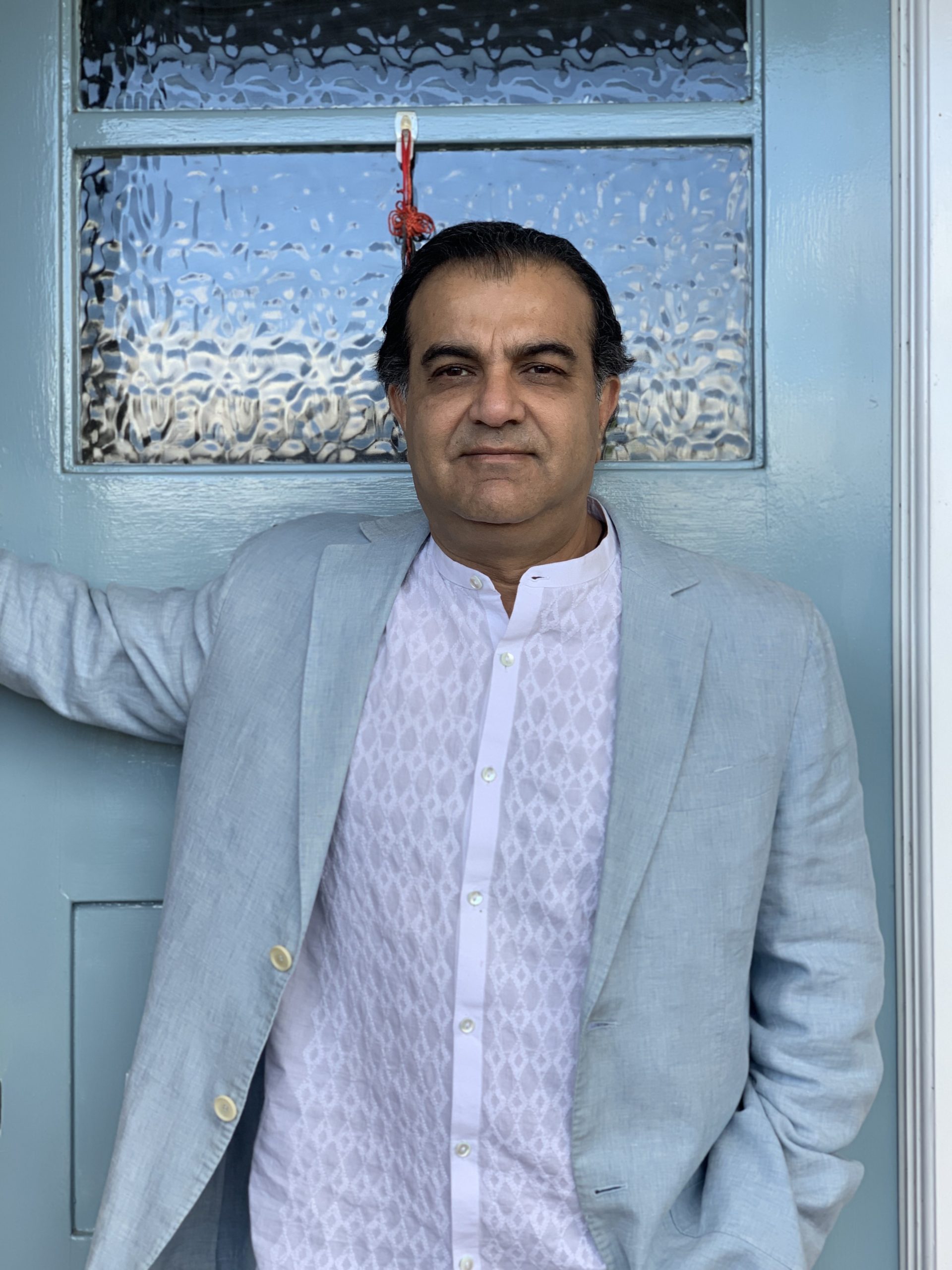
Academically, he says, he wasn’t a topper, but wasn’t a laggard either. “At college too, I continued with dramatics, debating and cricket. I picked up badminton, tennis and squash later before graduating to golf.”
In corporate world
Vish ended up studying Business Administration and joined the corporate world. In a career spanning almost two decades, he worked in marketing and retailing for global brands like Ford, Kodak and United Colors of Benetton. His work took him to Jaipur, Delhi, Chennai, Jamnagar and Mumbai before moving to Manchester, UK for higher education. He completed his MBA in Marketing and Strategy from Alliance Manchester Business School.
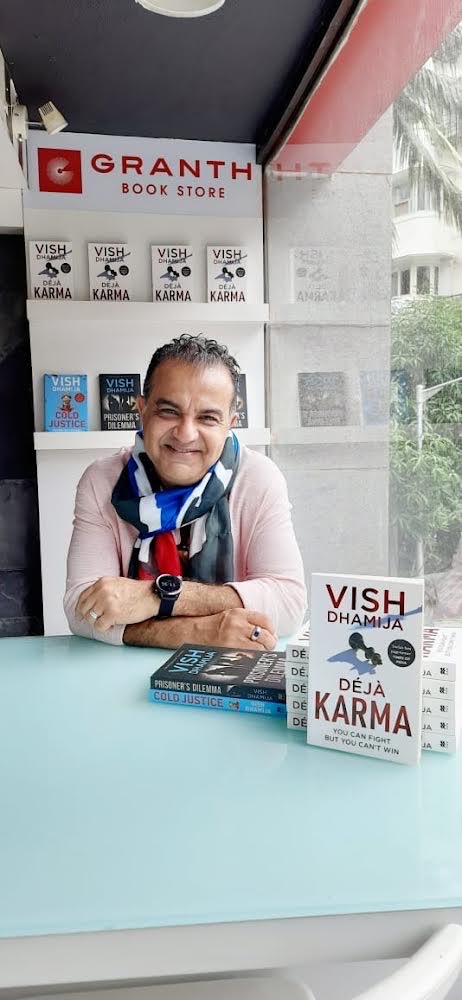
“I believe that no experience is ever wasted. Agreed, there is no direct correlation between the business world and storytelling, but as an author I like to observe people,” says the renowned author she spends his time between UK and India. In the years that he worked in the corporate world, he got the opportunities to interact with people from all walks of life from several countries. “I heard their personal stories, understood their motivations. All of that reflects in my characters,” the author points out.
Not a method writer
Ask him if he agrees to the general perception that those who write crime fiction or psychological thrillers tend to imagine themselves in those kind of situations in real life, Vish says he is not a method writer and so does not immerse himself in the narrative. “As mentioned, I spend a lot of time in building my characters, and I see the story through their eyes and experience. Yes, the plotline is developed by me, but it is delivered to the readers through the characters,” the author says, adding he writes solely for the purpose of entertainment and wants his readers to read his work as purely fictional. He says his family members too enjoy reading his books. “There are dark scenes, but my family members understand that my books are not me. Most of my family members read my books and enjoy them in the right spirit—or so they tell me.”
Coming next
His next book is psychological thriller, a story of a conman who exists on the periphery. “But when a card game goes horribly wrong, he takes the fall and goes to prison. He soon realises he’s been tricked. Out of prison, with the help of his girlfriend and two friends, he sets up a long con to get even with those who double-crossed him,” says Vish about the plot.
Pan Macmillan would be publishing the book middle of next year. “Also, I have a short Rita Ferreira story being published by Hachette India in an Anthology of Indian Detective Fiction, which should be out in January next year,” informs the author, who is married to Nidhi Singh, the great grand daughter of Raja Mahendra Pratap.
Favourite authors
“I love all crime fiction from India, but I won’t mention any names since most of the current Indian authors are personal friends,” he declares. His two personal favourites from the previous generation are Lawrence Sanders and James Ellroy. “Today, I love Michael Connelly, Jonathan Kellerman, Scott Turow, Lee Child, John Grisham, the list is endless. I like how these authors engage you like they aren’t telling you a story, but taking you on a journey with them, introducing you to new people, showing you new places,” smiles the author.
Does he watch or read a lot of crime fiction? “I do. I only read crime fiction, and I watch a lot of crime films and shows OTT,” says Vish, who believes that most people started reading crime fiction before we knew it—all the Phantom and Mandrake and Tarzan and Tintin comics. “So when I sat down to write my first book, it was inadvertently crime fiction.”
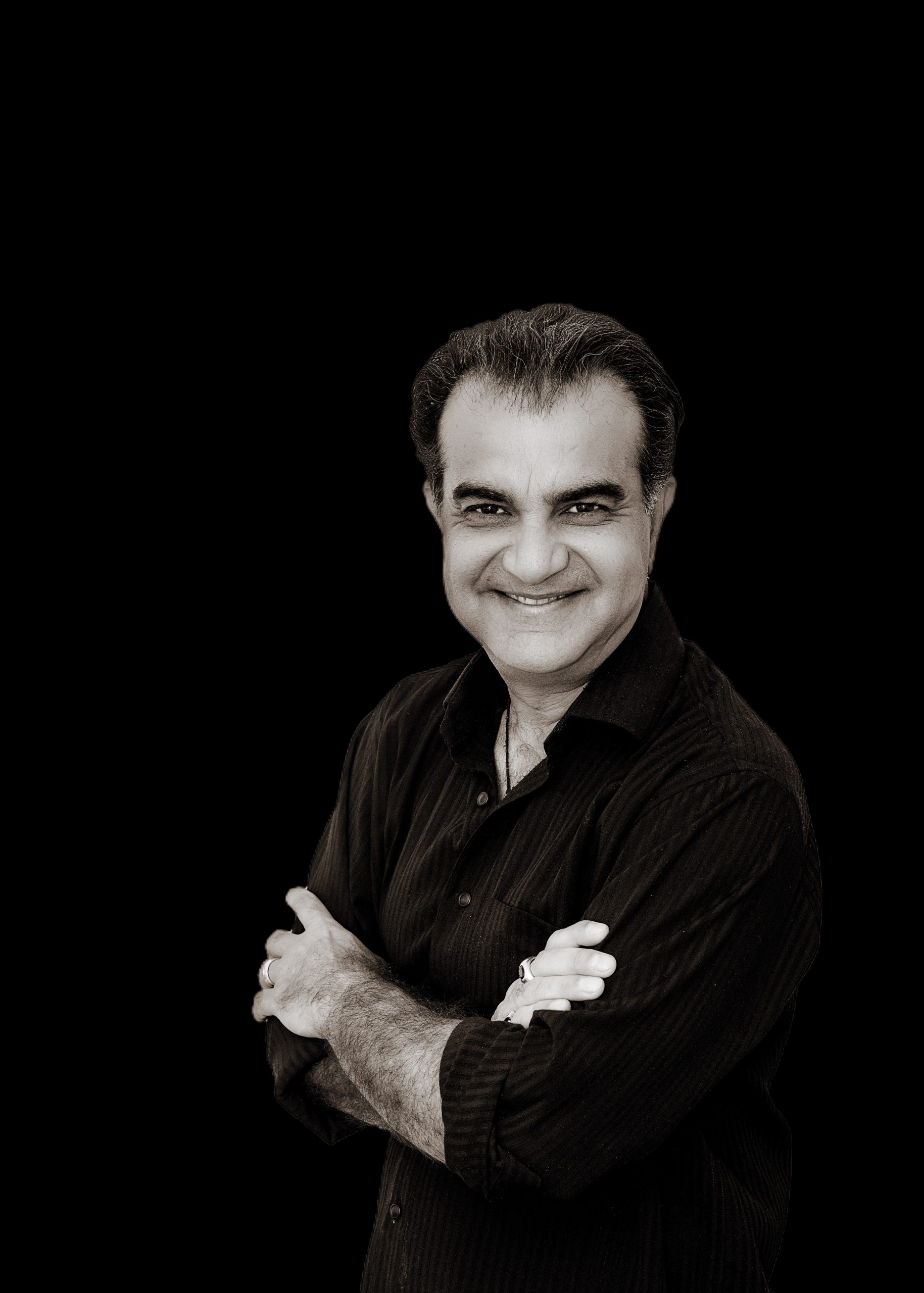
A public speaker, Vish also runs a nursery school. He says public speaking is more for corporates where he likes to share his experiences (from corporate life to writing to being an entrepreneur). “I acquired the Nursery School thinking I wouldn’t get involved much in the day-to-day running, but I have fallen in love with the school. It’s my pride and joy,” says the author, who sees himself as a custodian of the place and not the CEO.
The golfer
Vish is an avid golfer. “I am not very good at it, but I love it nevertheless. I played 64 times in last twelve months, so that is a lot of time at the course,” he informs. When he was younger, Vish would play guitar but not anymore. “But I love music. Jazz and Rock and Classic and Kishore Kumar are my favourites,” says the author, who reads about 40-50 books a year, mostly crime fiction.


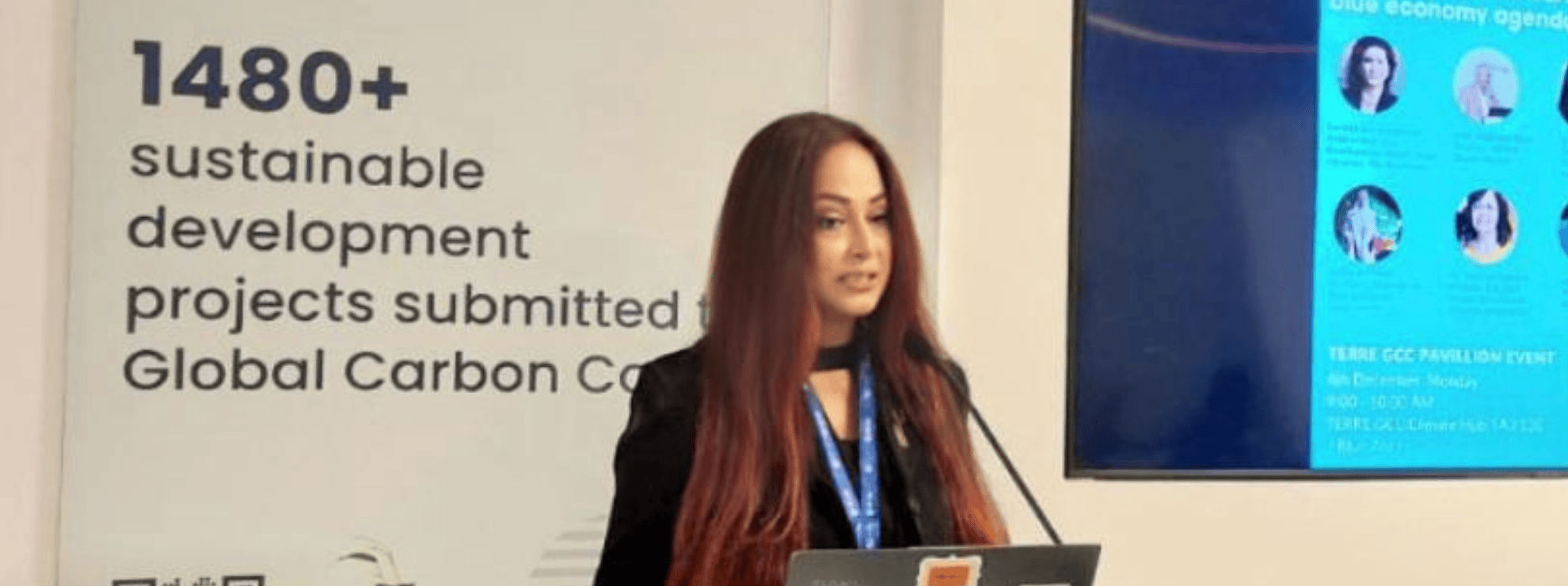
 Elsie Gabriel[/caption]
Elsie Gabriel[/caption]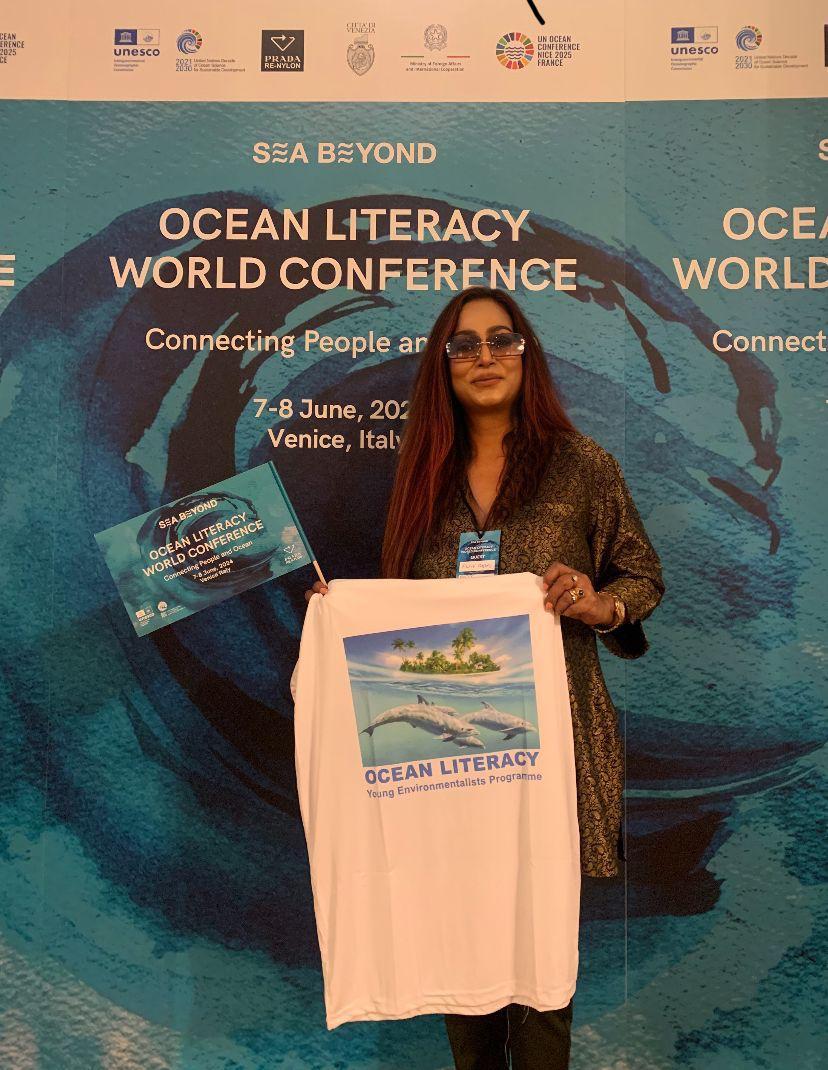
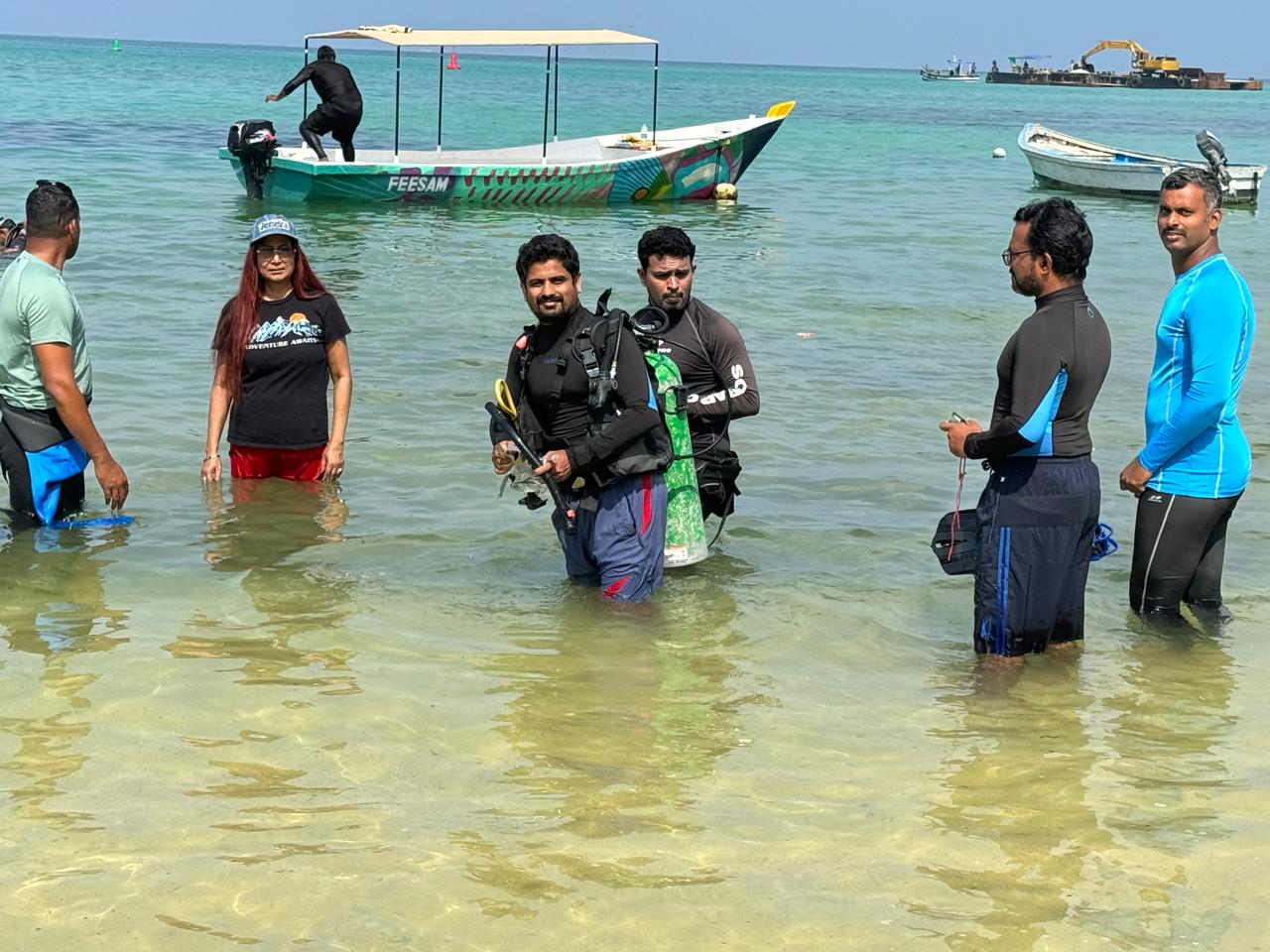 Elsie has dived all over the world, and was inducted into the Women Divers Hall of Fame as an Associate Member in 2023[/caption]
Elsie has dived all over the world, and was inducted into the Women Divers Hall of Fame as an Associate Member in 2023[/caption]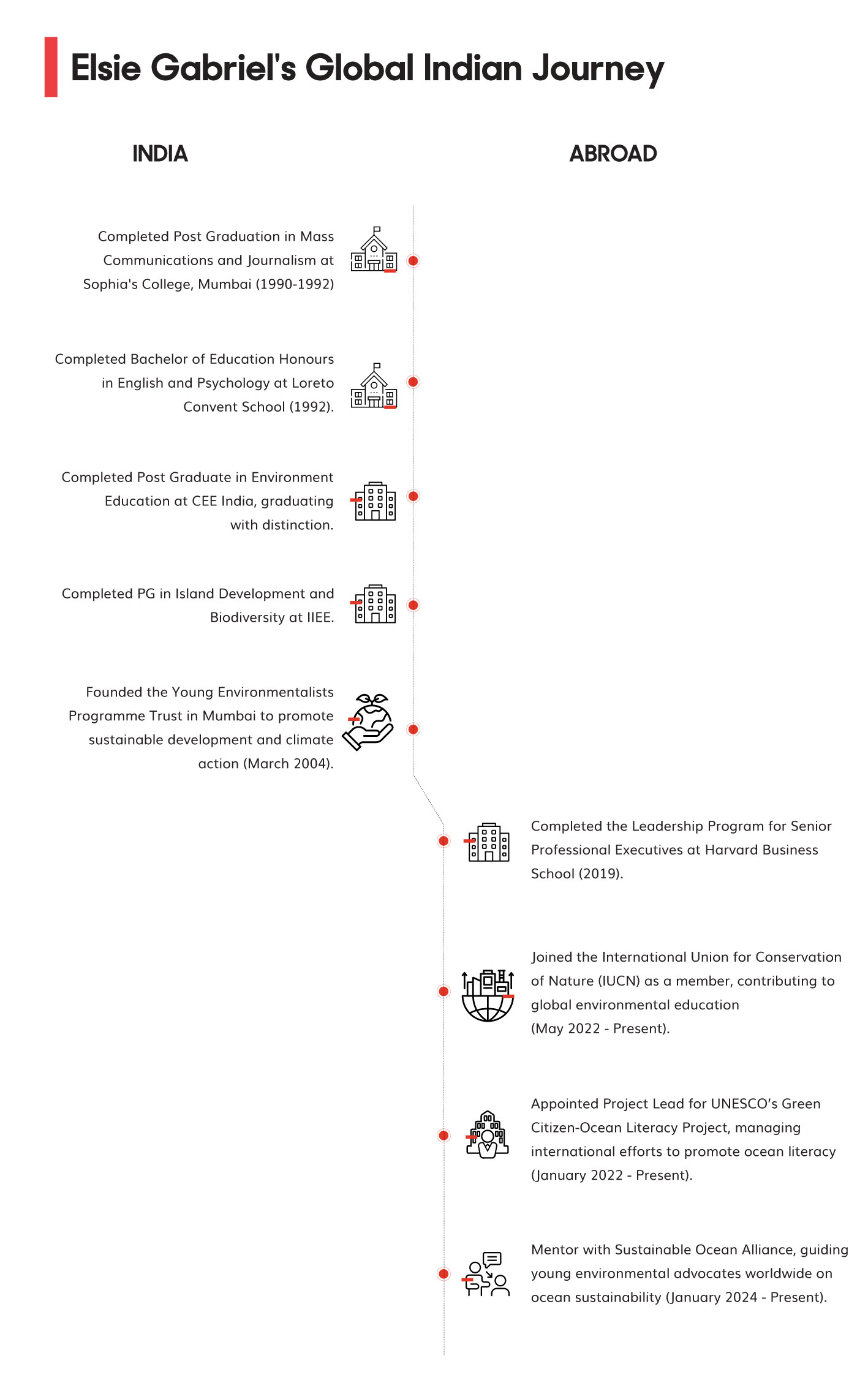
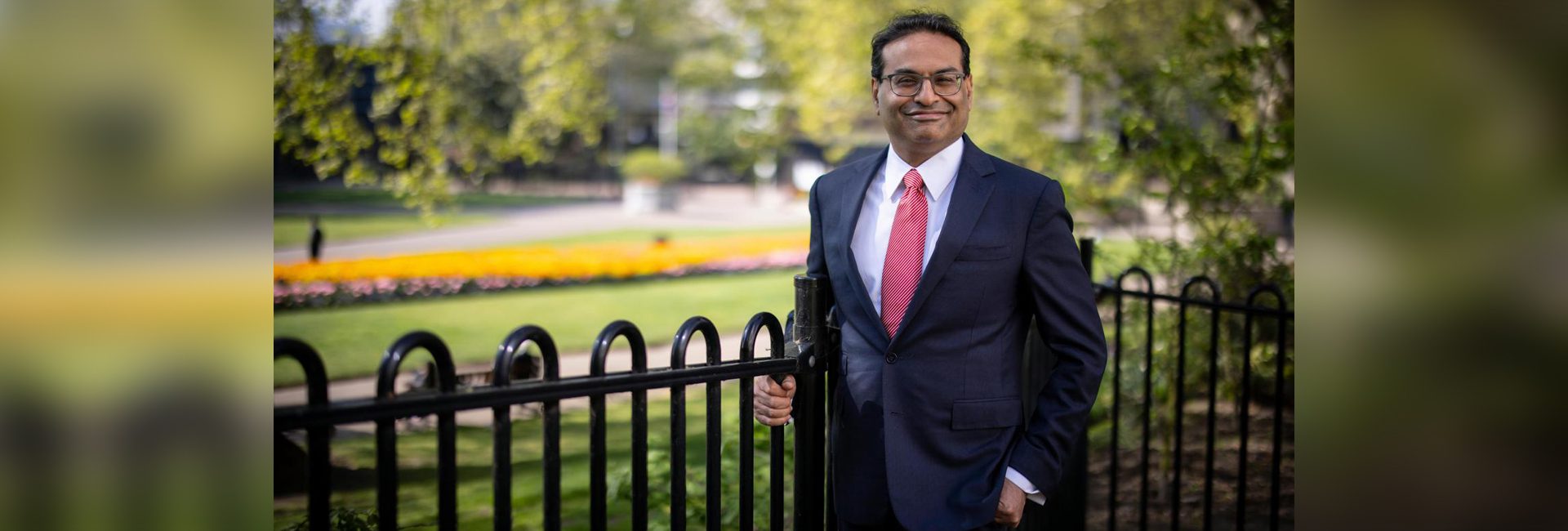
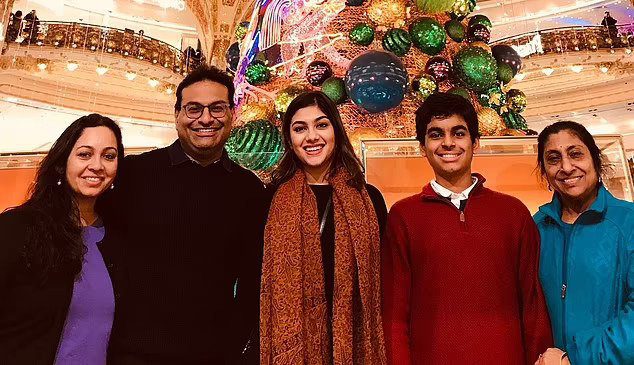 Narasimham with his family in Paris[/caption]
Narasimham with his family in Paris[/caption]
 Sridhar Laxman[/caption]
Sridhar Laxman[/caption]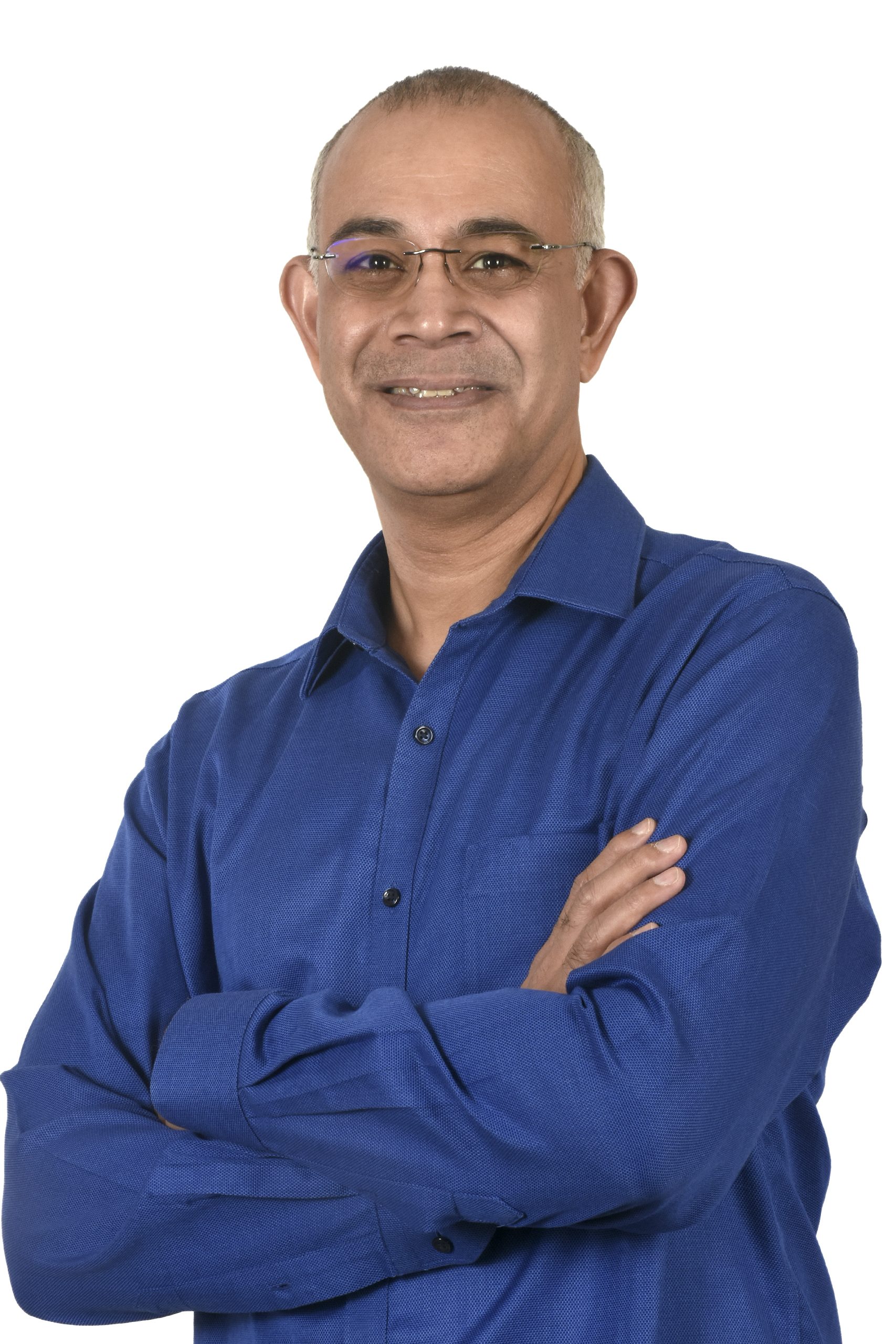
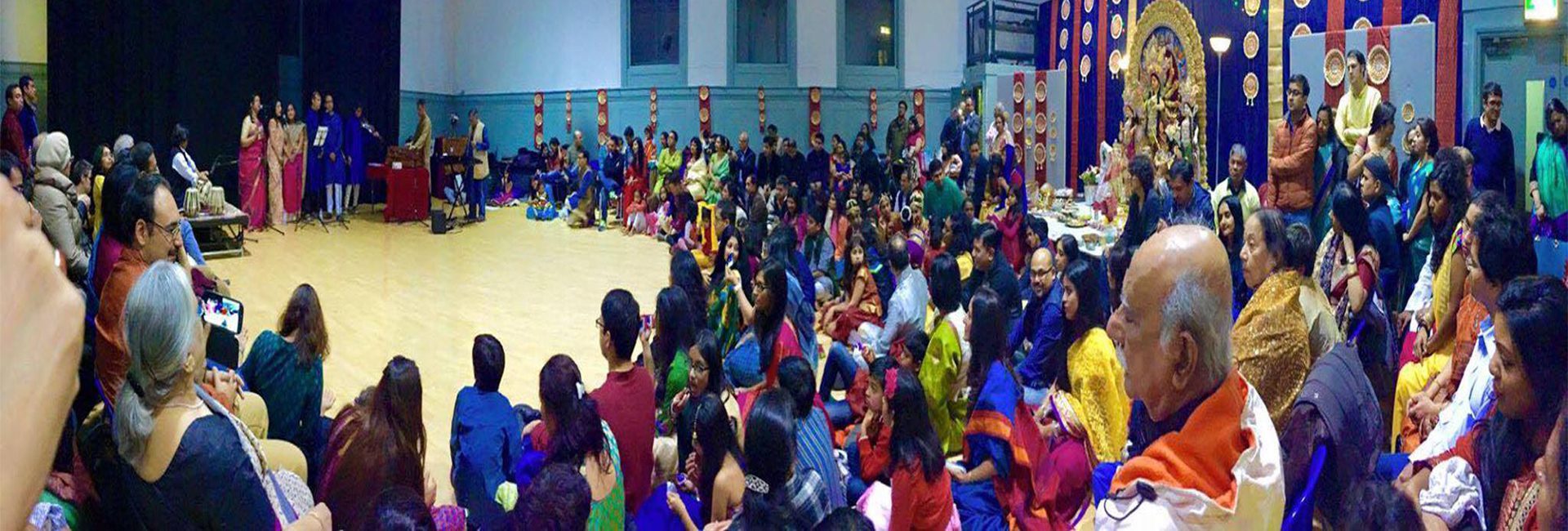
 Durga idol of Hampstead Durga Puja that is organised by London Durga Puja Dusserah Association[/caption]
Durga idol of Hampstead Durga Puja that is organised by London Durga Puja Dusserah Association[/caption]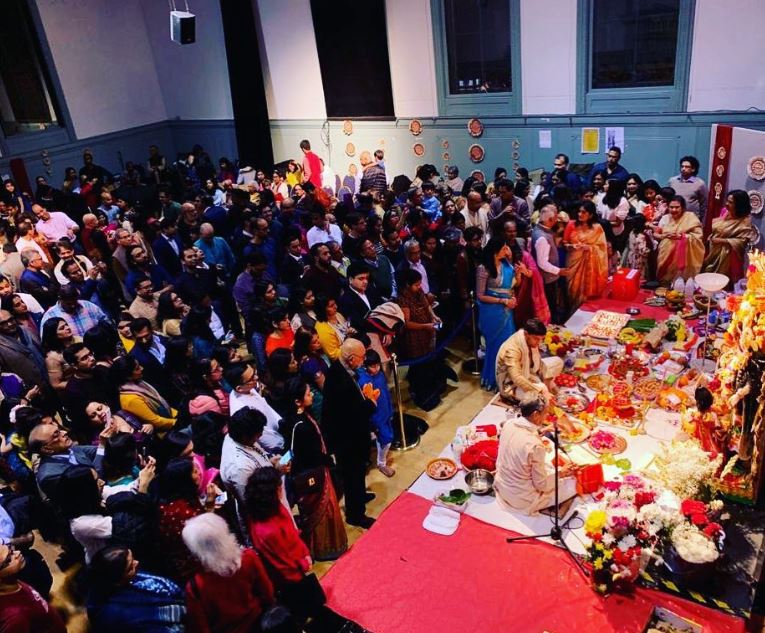 Devotees at Hampstead Durga Puja, London[/caption]
Devotees at Hampstead Durga Puja, London[/caption]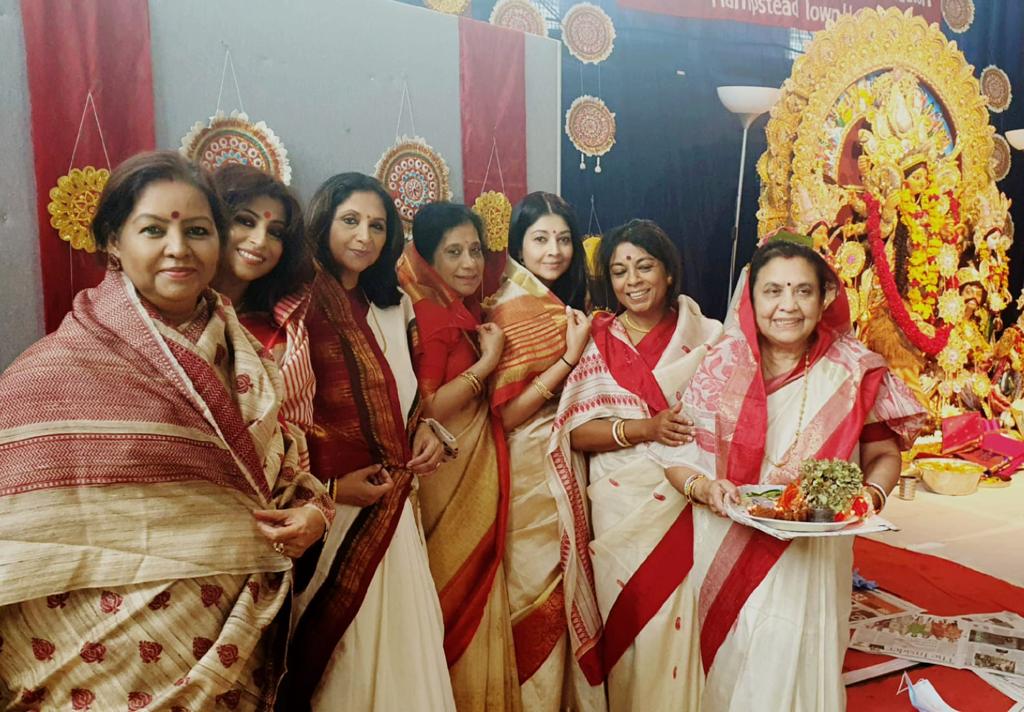 Ladies of the organising committee who seamlessly take care of rituals, bhog and other aspects devoting their time from much in advance[/caption]
Ladies of the organising committee who seamlessly take care of rituals, bhog and other aspects devoting their time from much in advance[/caption] A rare treasure - the brochure published by London Durga Puja Dusserah Association, back in 1979[/caption]
A rare treasure - the brochure published by London Durga Puja Dusserah Association, back in 1979[/caption]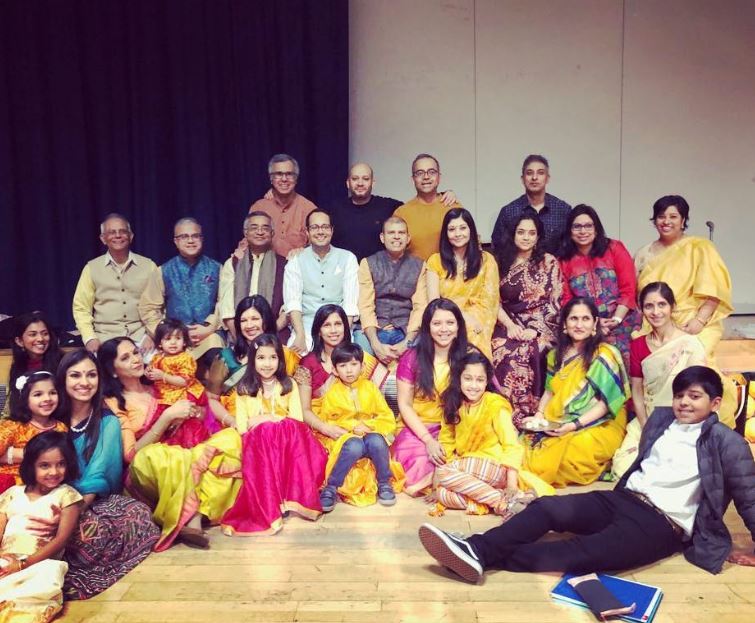 The team behind the grand celebrations[/caption]
The team behind the grand celebrations[/caption]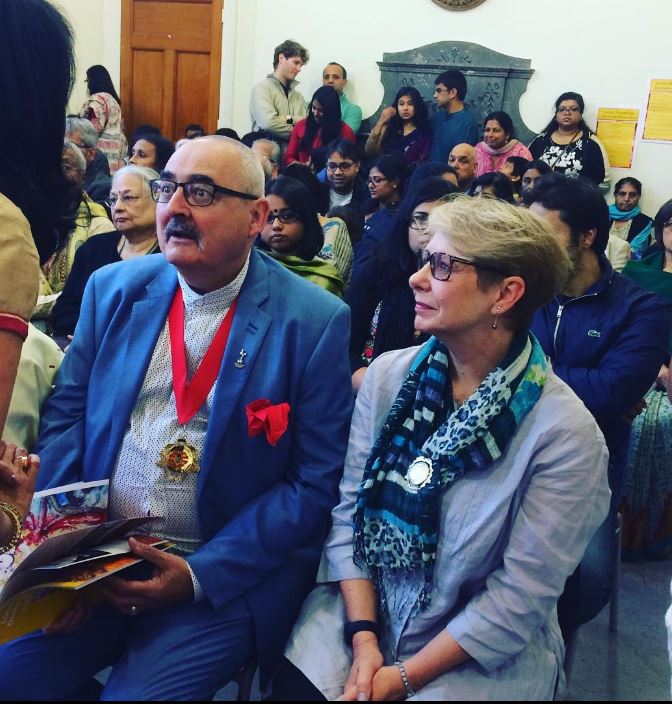 Former Deputy Mayor of Camden, London, Cllr Richard Cotton and his colleague at Hampstead Durga Puja, last year[/caption]
Former Deputy Mayor of Camden, London, Cllr Richard Cotton and his colleague at Hampstead Durga Puja, last year[/caption]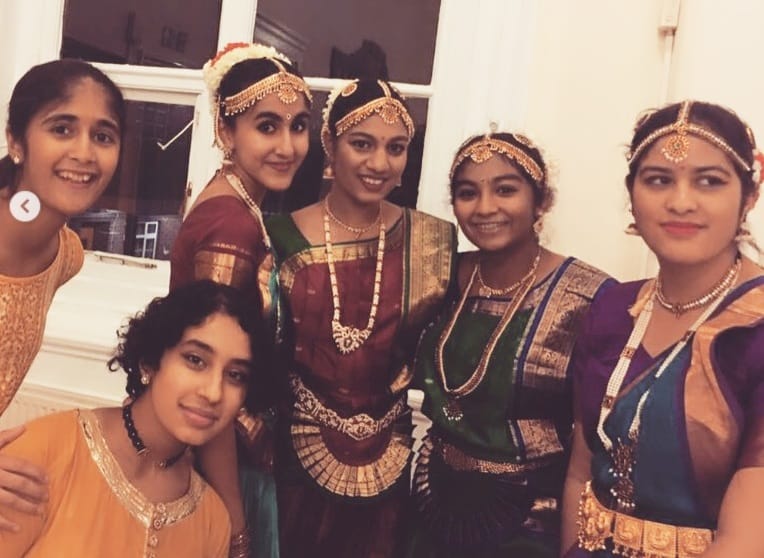 Young performers of cultural programmes held during the puja[/caption]
Young performers of cultural programmes held during the puja[/caption]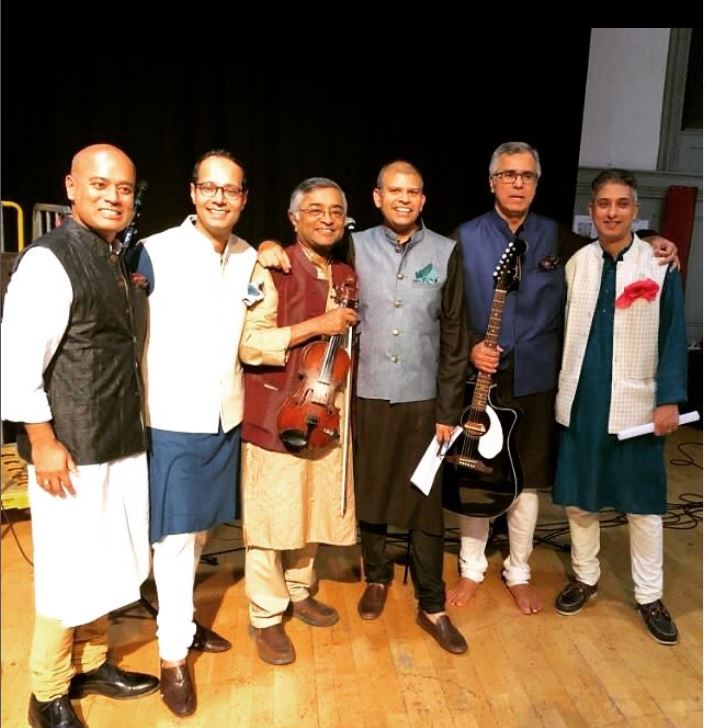 The resident boy band, Boyesh[/caption]
The resident boy band, Boyesh[/caption]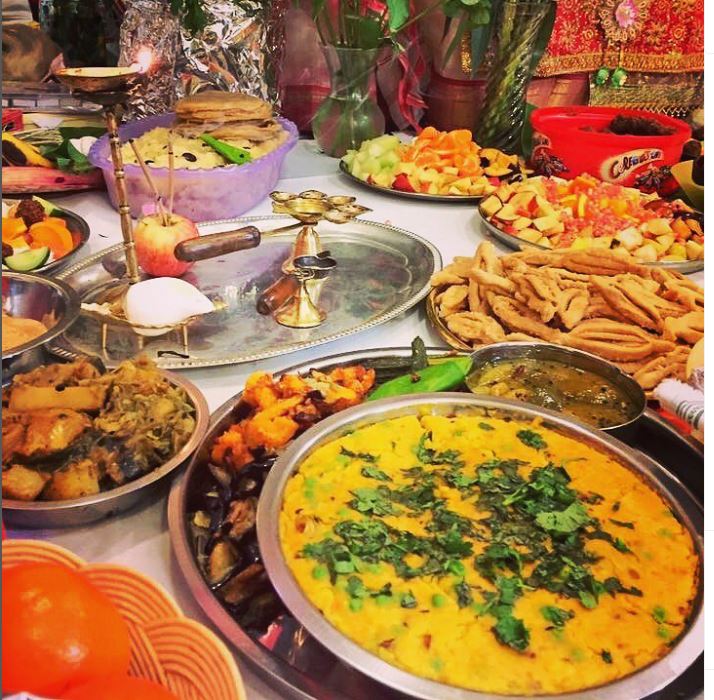 Bhog - the integral part of puja[/caption]
Bhog - the integral part of puja[/caption]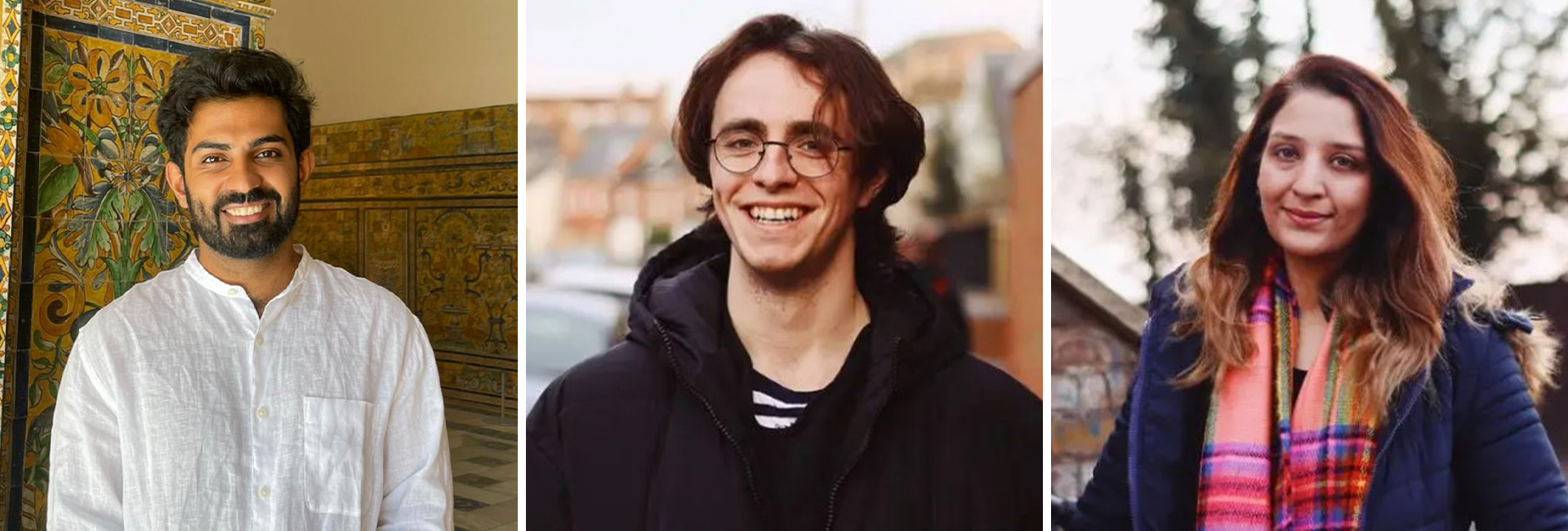
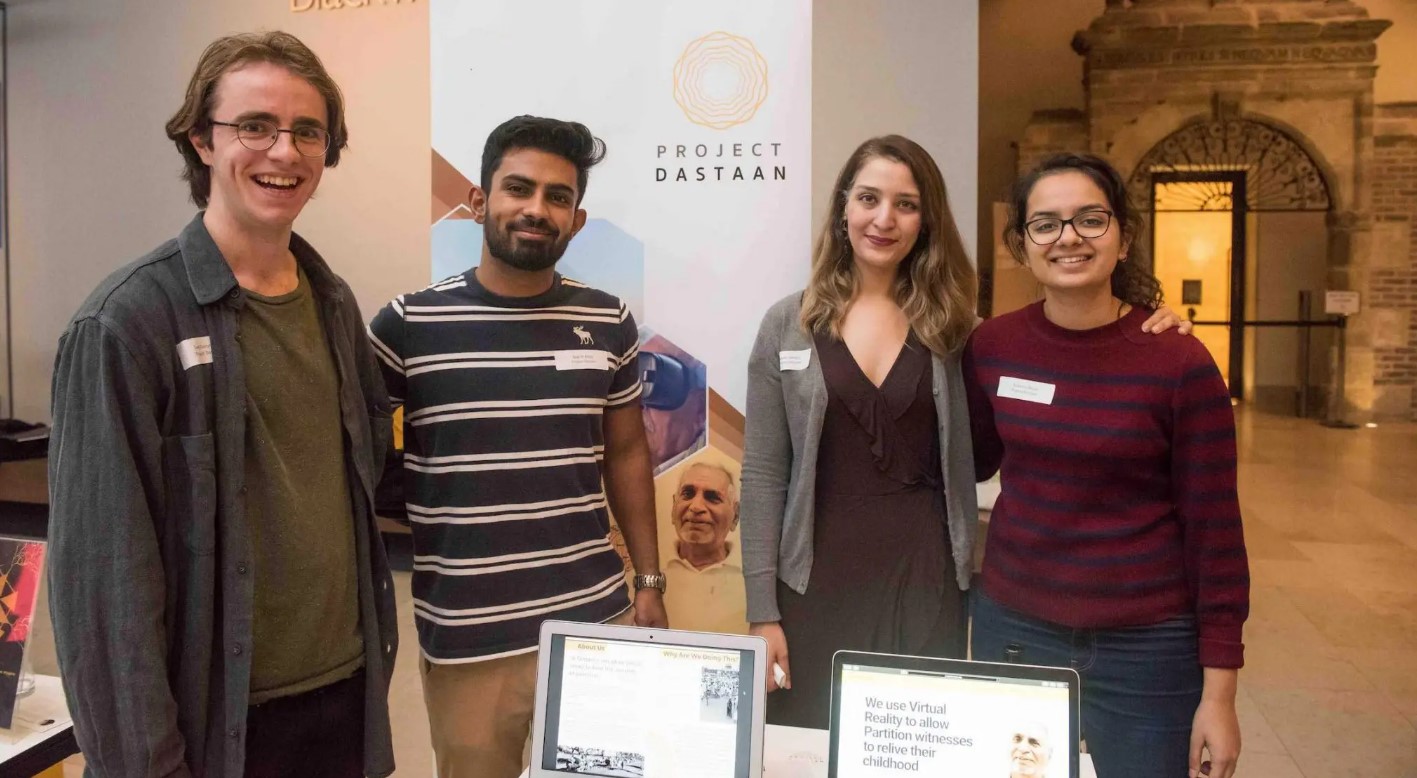 From left to right: Sam Dalrymple, Sparsh Ahuja, Sadia
From left to right: Sam Dalrymple, Sparsh Ahuja, Sadia 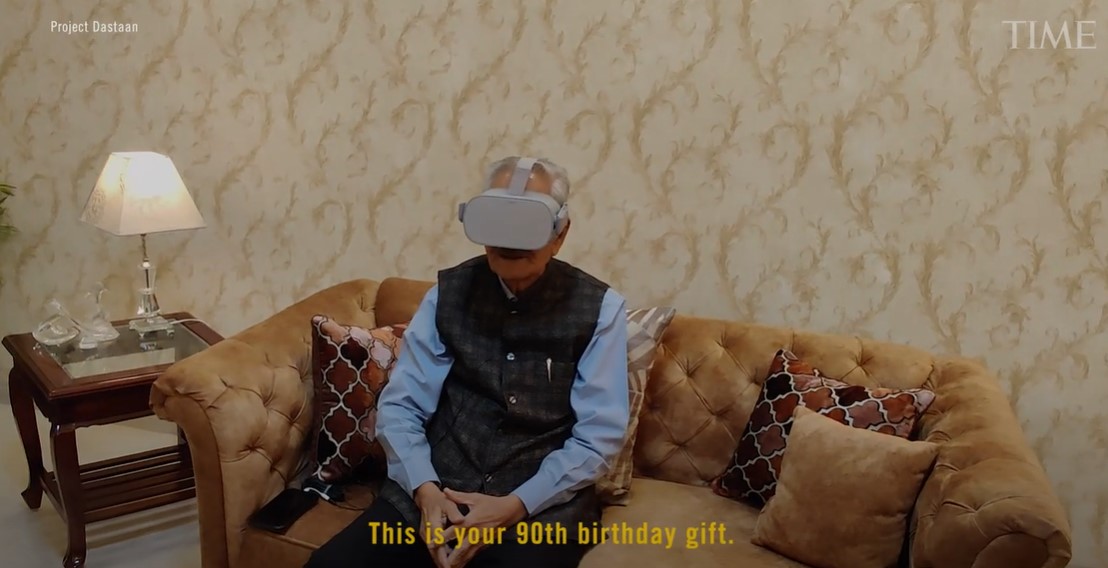 A still from the TIME's coverage of Project Dastaan[/caption]
A still from the TIME's coverage of Project Dastaan[/caption]